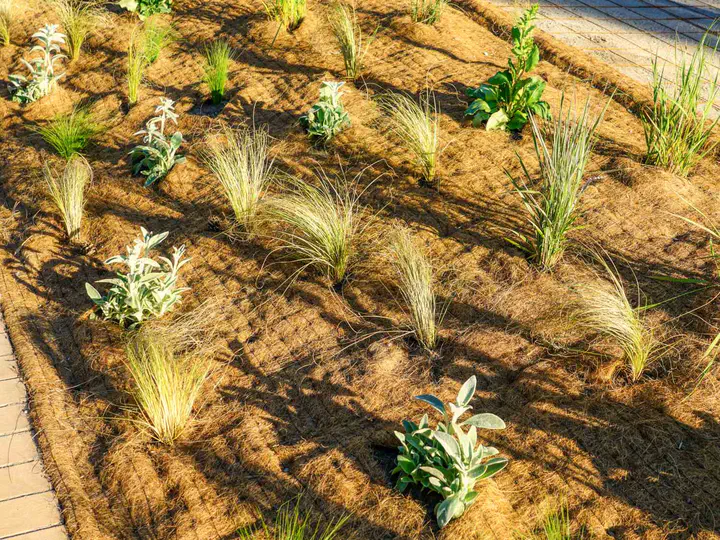Jute Mulching for Sustainable Agriculture
 Image credit: bountiful-benefits-biochar-crop-nutrition-laboratory
Image credit: bountiful-benefits-biochar-crop-nutrition-laboratory
While diving into the depths of jute policy for my thesis, I uncovered a gem of traditional agriculture hidden in the narratives of jute farmers from West Bengal. Their narratives did more than highlight the plant itself; they shone a light on a venerable practice—utilizing jute as a mulch, a technique that recalls a time before plastic became prevalent in farming.
Mulching stands as a guardian of soil health, a technique where the soil around plants is covered with a layer of material to conserve moisture, suppress weeds, and maintain soil temperature. Its role in enhancing plant growth and soil structure is unparalleled.
Amidst this backdrop, jute emerges as a protagonist. Biodegradable, sustainable, and enriching to the soil, jute as a mulching material is a testament to the ingenuity of traditional practices. As it decomposes, it feeds the soil, bridging the gap between past wisdom and future sustainability.
The revelation came through interviews with jute farmers for my thesis on jute policy. Their shared technique of using jute for mulching illustrated a sustainable approach deeply rooted in the fabric of their farming culture. This practice not only showcases an eco-friendly alternative to synthetic mulch but also aligns with global sustainability goals by reducing dependency on non-renewable resources.
As we look towards a more sustainable future in agriculture, embracing jute for mulching reminds us of the value in traditional practices. It stands as a beacon for those of us seeking to blend sustainability with agricultural productivity.